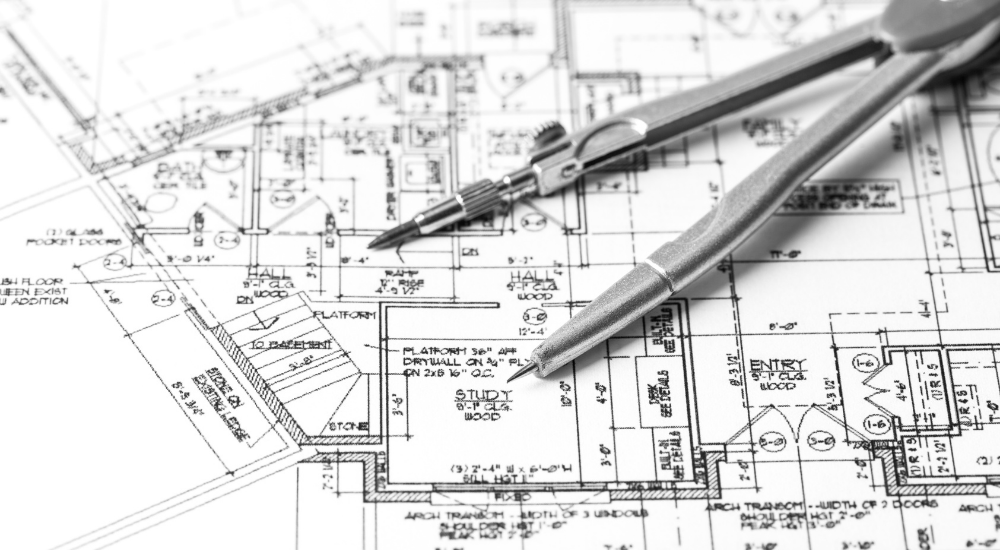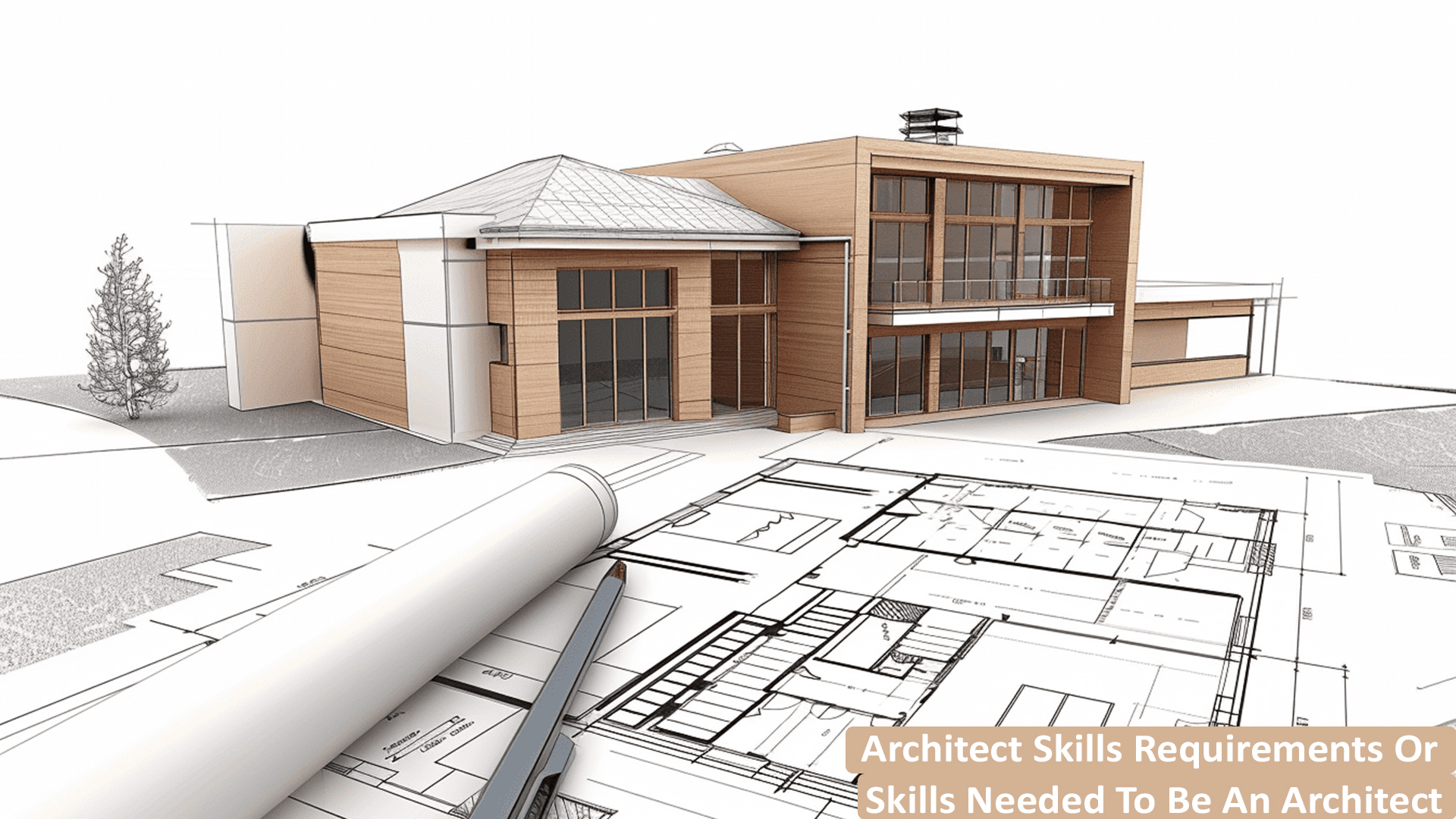Recognizing the Diverse Occupation Paths Available for Aspiring Architect
As a hopeful Architect, you have a globe of career paths waiting for you. Whether you're drawn to standard design or the nuances of lasting layout, there's a specific niche that straightens with your rate of interests.
Typical Architecture: Designing Buildings and Frameworks
Typical architecture concentrates on developing structures and frameworks that mix capability with aesthetic appeal. As you explore this field, you'll appreciate the elaborate equilibrium between form and purpose. You'll learn to draw motivation from historic designs, including components like proportion, products, and workmanship. Your layouts can mirror social heritage, showcasing local customs while satisfying contemporary requirements.
You'll establish abilities in preparing, model-making, and site analysis, permitting you to envision and communicate your ideas effectively. Involving with customers, you'll need to recognize their vision and convert it right into possible designs.
In addition, developing codes and sustainability practices are vital in your job, guaranteeing your frameworks are risk-free and eco-friendly. As you expand in your profession, you'll discover possibilities in household, industrial, and even reconstruction tasks, each offering one-of-a-kind difficulties. Accepting typical architecture leads the way for a fulfilling occupation that pays homage to the past while forming the future.
Urban Preparation: Shaping Areas and Public Spaces
As an aspiring Architect, you can play a necessary role as a metropolitan coordinator, changing how communities interact and work. By employing area engagement methods, you'll guarantee that citizens have a voice in shaping their setting. Plus, integrating lasting design concepts will assist develop spaces that not only fulfill today's needs however additionally protect the future.
Role of Urban Planners
While many could believe of engineers as the sole visionaries behind structures, urban organizers play a vital duty in forming the broader landscape of areas and public spaces. By working together with various stakeholders, you'll aid develop parks, transportation systems, and domestic locations that promote social interaction and access. Your experience in spatial style and area characteristics permits you to imagine future development while maintaining cultural heritage.
Neighborhood Involvement Strategies
Efficient community involvement techniques are essential for urban coordinators to assure that the voices of homeowners are heard and valued in the planning procedure. To foster meaningful dialogue, you should prioritize open online forums and workshops where area participants can share their ideas and concerns. Use studies and social media to get to a wider audience, making sure varied perspectives are included. Teaming up with regional companies can improve trust fund and assist in much deeper connections. It is very important to give clear information about decision-making processes and proposed tasks, permitting homeowners to really feel enlightened and empowered. By proactively listening and including comments, you'll create rooms that reflect the area's requirements, eventually causing more sustainable and successful city environments. Embrace openness and constant dialogue for lasting impact.
Sustainable Style Principles
When creating metropolitan rooms, including sustainable style principles is essential for creating settings that grow both environmentally and socially. You should begin by concentrating on power effectiveness, utilizing materials that minimize waste and advertise recycling. Take into consideration incorporating environment-friendly areas, like parks and gardens, to boost biodiversity and enhance air high quality. Advertising walkability and public transportation can lessen reliance on cars, promoting a much healthier area.
Designing with water conservation in mind is likewise key-- believe regarding rainfall yards and permeable surface areas to take care of stormwater. Involving community members during the preparation process assurances that the areas you create satisfy their demands and encourage social interaction. By embracing these principles, you'll add to vibrant, sustainable urban landscapes that profit everybody.

Landscape Design: Creating Sustainable Outside Settings
As you discover landscape architecture, you'll uncover important style concepts that produce practical and lovely exterior rooms. Sustainable methods play an essential function in making sure these atmospheres thrive while reducing environmental influence. Plus, you'll find a selection of job opportunities that permit you to make a real distinction in how people interact with nature.
Style Concepts in Landscape
Recognizing design concepts in landscape design is vital for producing sustainable exterior atmospheres that harmonize with nature. You'll require to contemplate components like equilibrium, range, and proportion to assure your layouts really feel cohesive and welcoming. Integrating indigenous plants not only enhances biodiversity but also minimizes water usage, making your landscape resistant. Consider the flow of space and exactly how people communicate with it; pathways and seating areas should invite exploration and relaxation. In addition, take note of seasonal modifications, creating with products that enhance the environments year-round (Architect). By prioritizing sustainability and aesthetic appeals, you can develop exterior spaces that enhance the area and promote well-being. Accepting these concepts will establish a solid foundation for your profession in landscape style.
Sustainable Practices Review
Sustainable techniques in landscape design not only focus on visual appeals however additionally prioritize environmental health and resource conservation. read this article You can design spaces that advertise soil health, such as exercising and making use of organic products permaculture principles. Ultimately, these techniques guarantee your layouts profit both individuals and the atmosphere for years to come.
Occupation Opportunities Expedition
With a strong structure in sustainable methods, landscape architecture uses a variety of career paths that enable you to make a purposeful effect on the atmosphere. Urban planners commonly work together with landscape engineers to create green rooms in metropolitan setups, boosting city livability. If you're passionate concerning education, consider coming to be a landscape style teacher, inspiring future generations.
Lasting Layout: Concentrating On Eco-Friendly Practices
As you explore your job in architecture, accepting environmentally friendly practices can establish you apart in a competitive area. Sustainable design concentrates on producing buildings that reduce environmental effect while boosting occupant well-being. By incorporating renewable materials, energy-efficient systems, and lasting structure techniques, you'll contribute to a greener future.
Beginning by gaining expertise of green accreditations like LEED or BREEAM, which can boost your qualifications. Think about just how all-natural light, air flow, and thermal efficiency can maximize style. Team up with engineers and ecological professionals to innovate solutions that minimize waste and conserve resources.
Don't neglect the relevance of community participation-- engaging regional stakeholders can influence styles that balance with the setting. As clients significantly focus on sustainability, your experience in environment-friendly methods will certainly not just attract projects yet also accomplish your interest for liable architecture. Accept this important facet of the profession, and watch your job prosper.
Historical Preservation: Safeguarding and Bring Back Cultural Heritage
While you start on your architectural trip, take into consideration the vital duty of historic preservation in preserving our cultural heritage. This area concentrates on the protection and restoration of substantial buildings, sites, and frameworks that inform the stories of our past. By engaging in historical conservation, you'll help secure the architectural tradition look at here that shapes neighborhood identification.
As a historic conservation Architect, you'll analyze historic significance and assess the problem of frameworks. You'll function carefully with chroniclers and preservationists to guarantee genuine restoration strategies are utilized. This occupation course allows you to mix creativity with research, allowing you to make services that value original materials and workmanship.
Your job not only adds to sustainability by recycling existing structures but likewise cultivates a sense of pride within communities. Accepting this course will aid you become a guardian of background, maintaining the tales and aesthetics that enrich our lives.
Inside Style: Enhancing Indoor Spaces
Historical preservation and indoor style both share a commitment to enhancing the built environment, however they concentrate on different elements. While historic preservation stresses maintaining a framework's historic and social value, indoor architecture nos in on maximizing interior areas for performance and aesthetics.
As a hopeful Architect, you'll find that indoor architecture allows you to mix creativity with technical skills. You'll create spaces that not just look great yet additionally advertise comfort and efficiency. This area involves comprehending exactly how light, shade, and materials connect within an area, impacting state of mind and usability.
You'll work on numerous jobs, from household homes to commercial offices, ensuring that each environment satisfies the needs of its occupants. By focusing on individual experience, you can change insides right into inspiring and practical spaces, making a considerable effect on exactly how people interact with their environments. Embrace the chance to boost indoor environments and shape the method people live and function.
Industrial Layout: Combining Functionality With Aesthetic Appeals
Commercial style plays a crucial duty in creating products that seamlessly blend aesthetics with capability, ensuring that what you use day-to-day is not just visually enticing however also practical. As an aspiring Architect, you could engage yourself in this area, concentrating on developing everything from furnishings to customer electronics. Your work involves understanding user requirements, products, and producing processes, enabling you to develop ingenious solutions that boost day-to-day experiences.
In industrial design, you'll commonly team up with marketers, manufacturers, and engineers, making sure that your layouts are not only beautiful however also viable. You'll discover to balance form and function, focusing on use without giving up style. By sharpening your abilities in laying out, 3D modeling, and prototyping, you'll be well-appointed to bring your ideas to life. This occupation path provides a vibrant setting where creativity meets usefulness, making it a fulfilling choice for architects curious about forming the items of tomorrow.
Often Asked Inquiries
What Educational Credentials Do I Required to Become an Architect?
To become an architect, you'll need an expert degree in architecture, usually a Bachelor's or Master's. Additionally, you'll need to finish a teaching fellowship and pass the Architect Enrollment Exam to practice lawfully.
Are There Qualification Demands for Different Architectural Job Paths?
Yes, there're certification demands for numerous building paths. Architect. You'll need to pass examinations, full internships, and occasionally seek specialized training, depending upon your picked emphasis, like landscape design, metropolitan layout, or historical preservation
What Software Skills Are Crucial for Designers Today?

Exactly How Can I Gain Practical Experience While Studying Architecture?
You can obtain functional experience by interning at building firms, joining style competitions, offering for neighborhood jobs, or teaming up with schoolmates on real-world tasks. These opportunities improve your skills and construct beneficial connections in the sector.
What Task Opportunities Exist Outside Traditional Architecture Firms?
You can explore numerous task possibilities outside typical design firms, like metropolitan preparation, interior decoration, landscape architecture, building administration, realty development, or also roles in sustainability consulting. Each offers one-of-a-kind difficulties and incentives.
Whether you're drawn to typical design or the nuances of lasting layout, there's a niche that aligns with your interests.When designing metropolitan spaces, including sustainable layout principles is vital for creating atmospheres that thrive both environmentally and socially.As you check out landscape design, you'll discover crucial style principles that create practical and gorgeous exterior areas.Understanding style concepts in landscape style is essential for creating sustainable exterior environments that harmonize with nature.In commercial check my site layout, you'll usually collaborate with online marketers, engineers, and manufacturers, making certain that your styles are not just attractive but also viable.